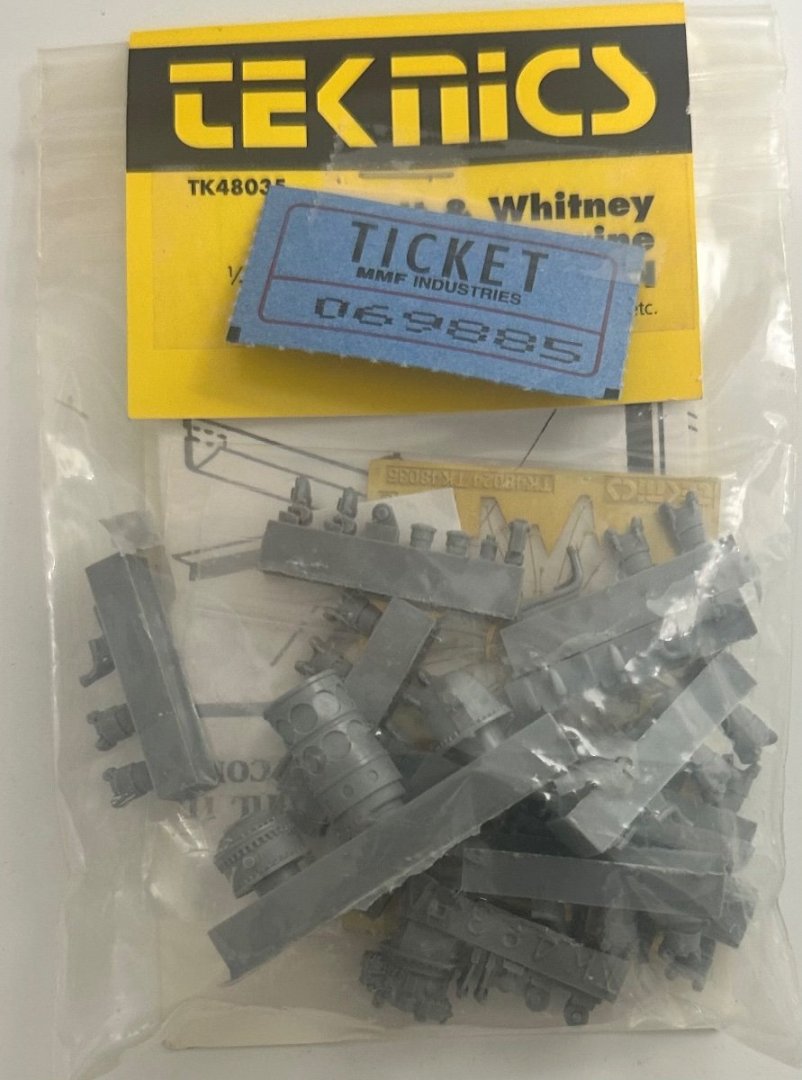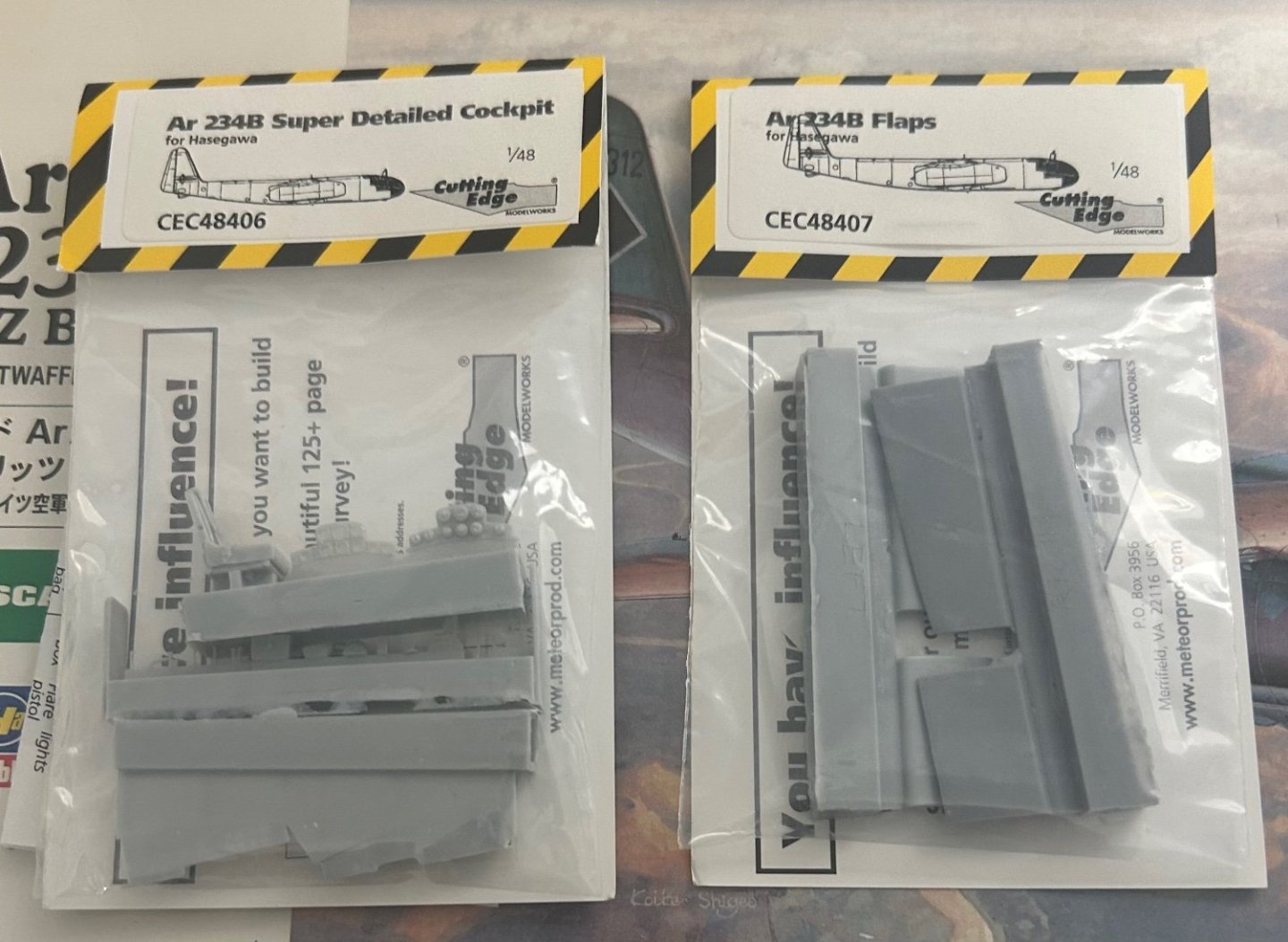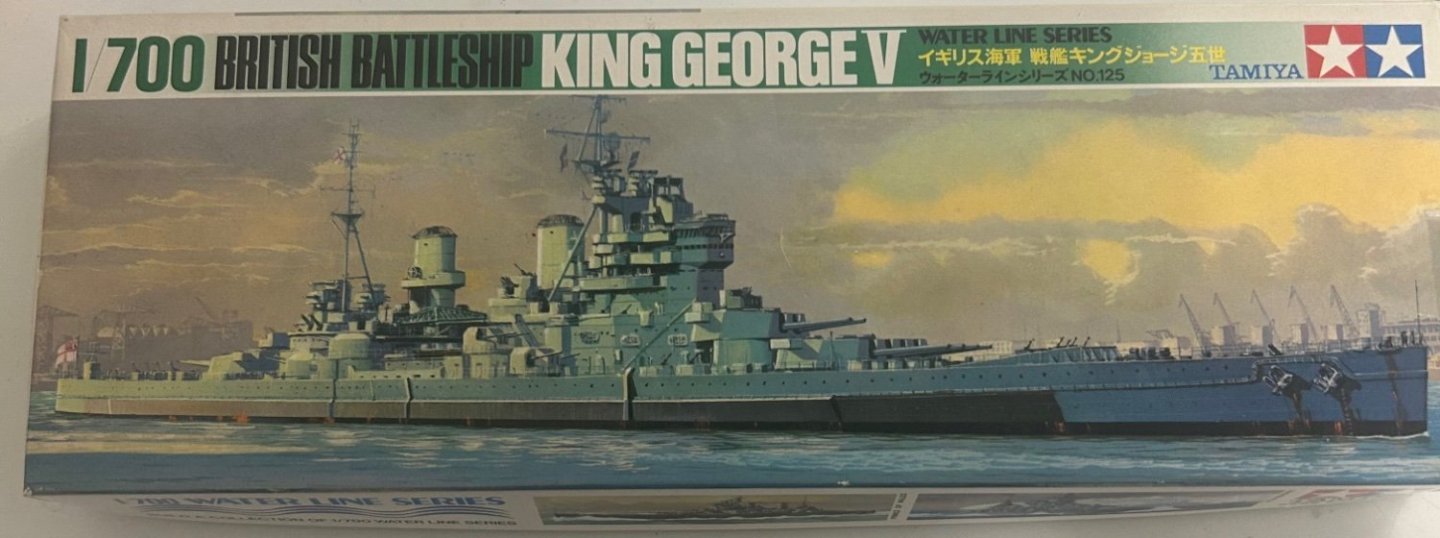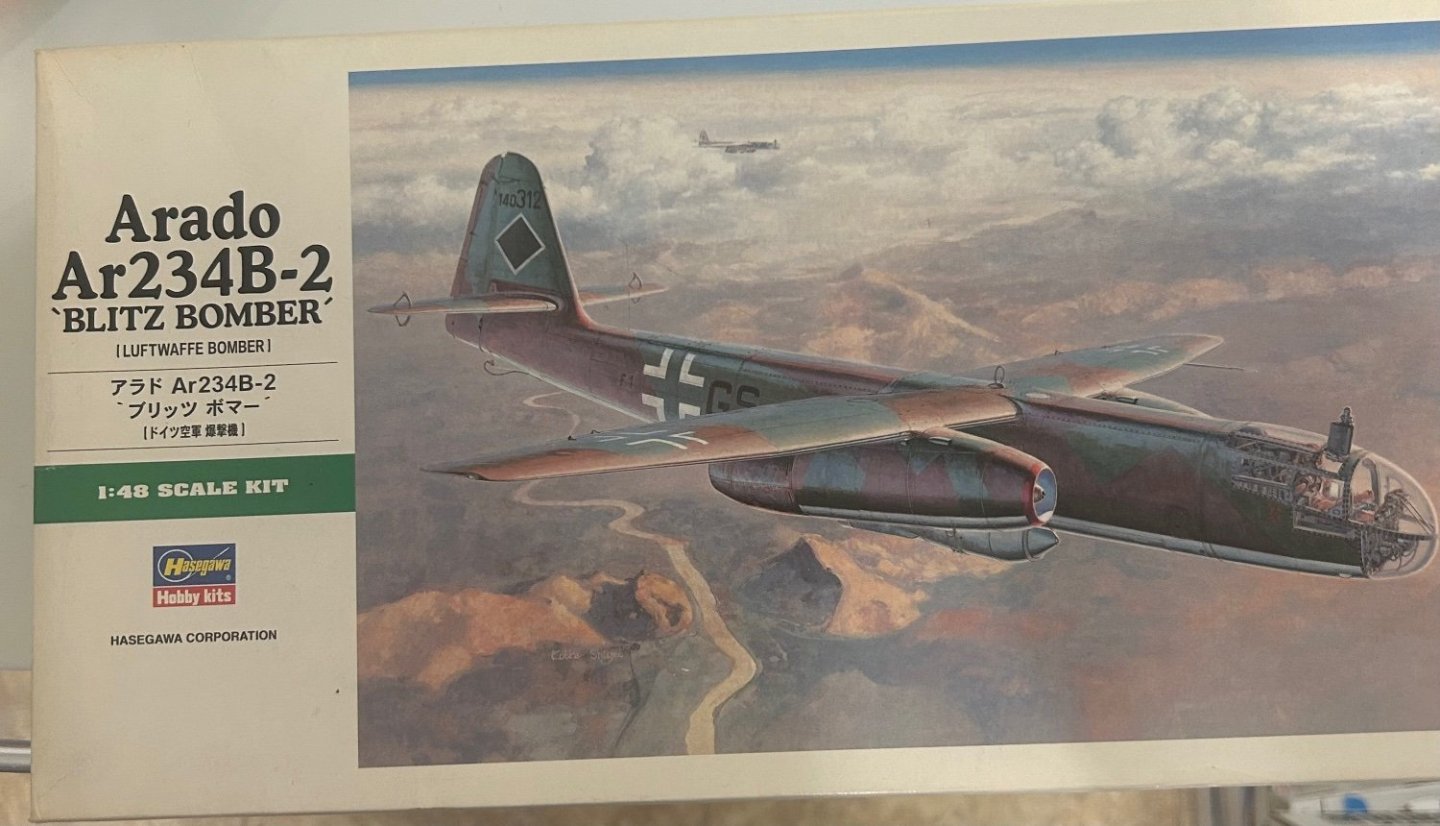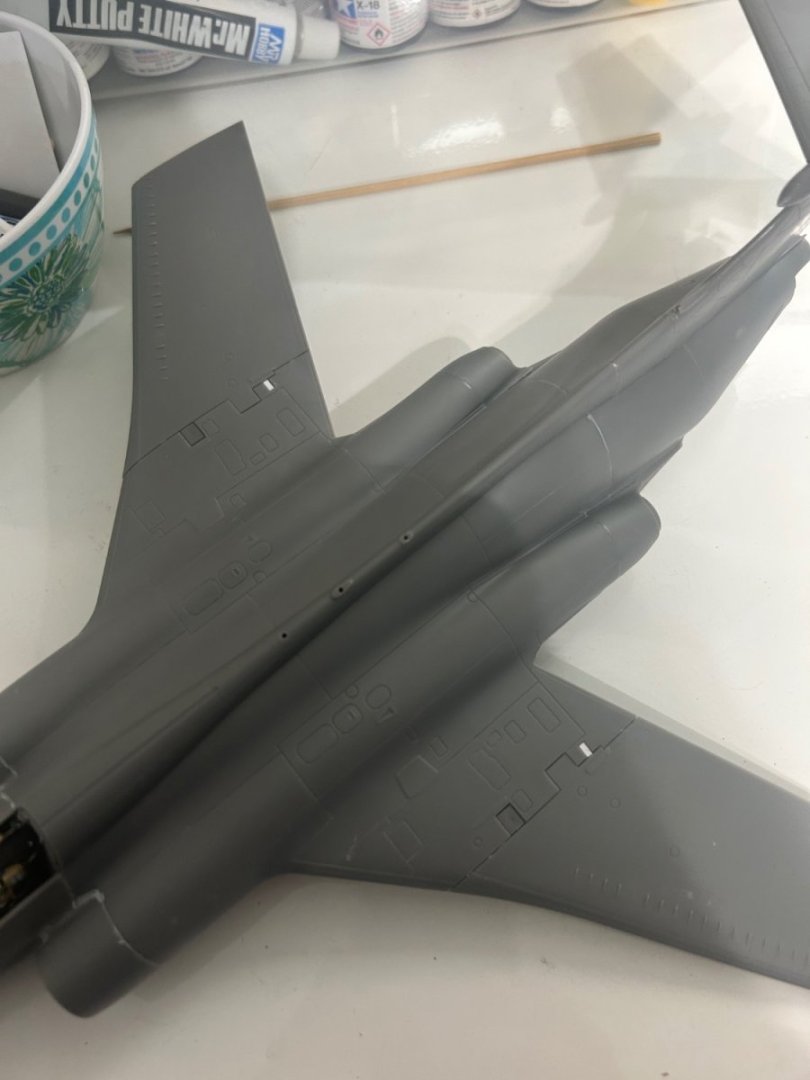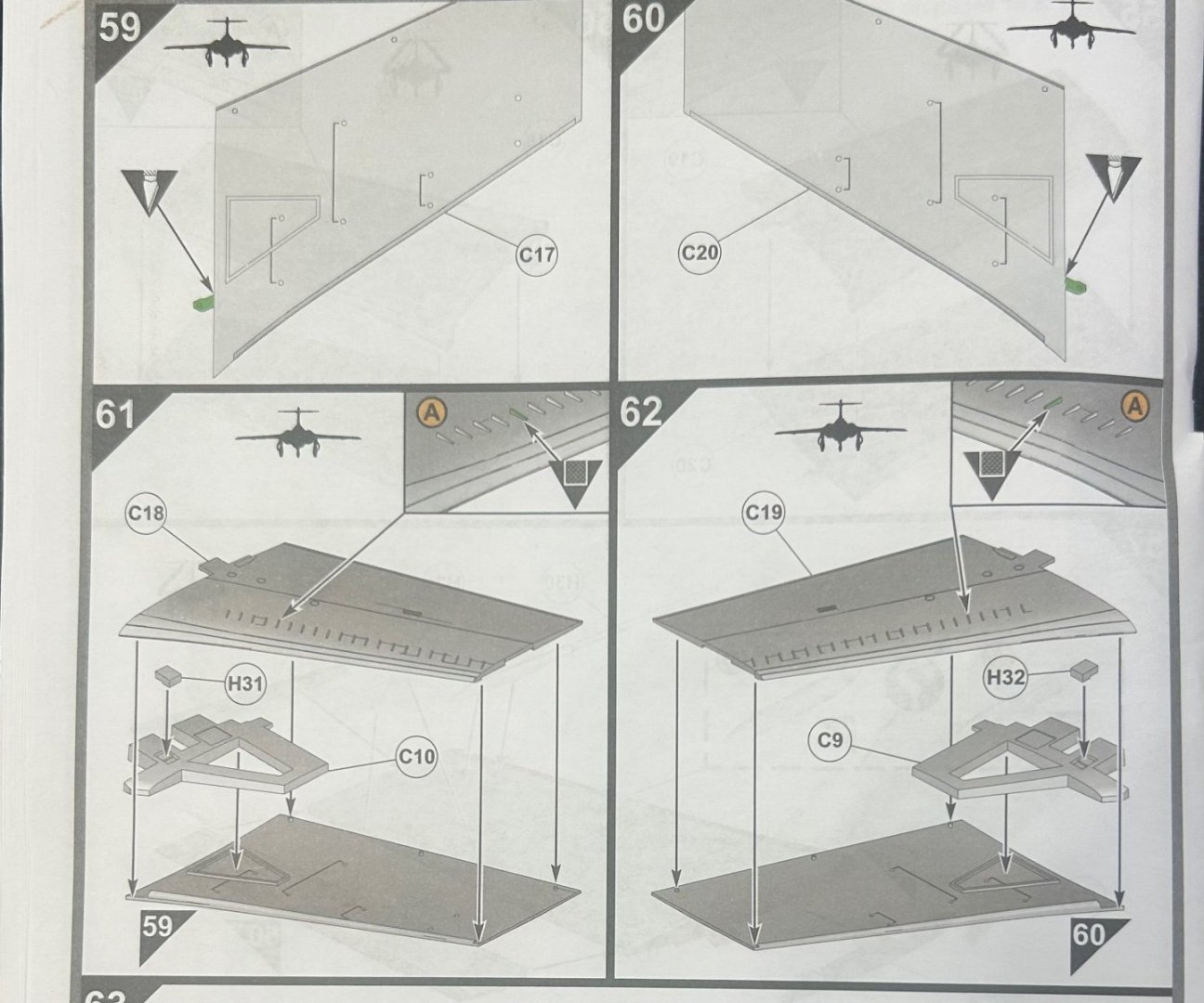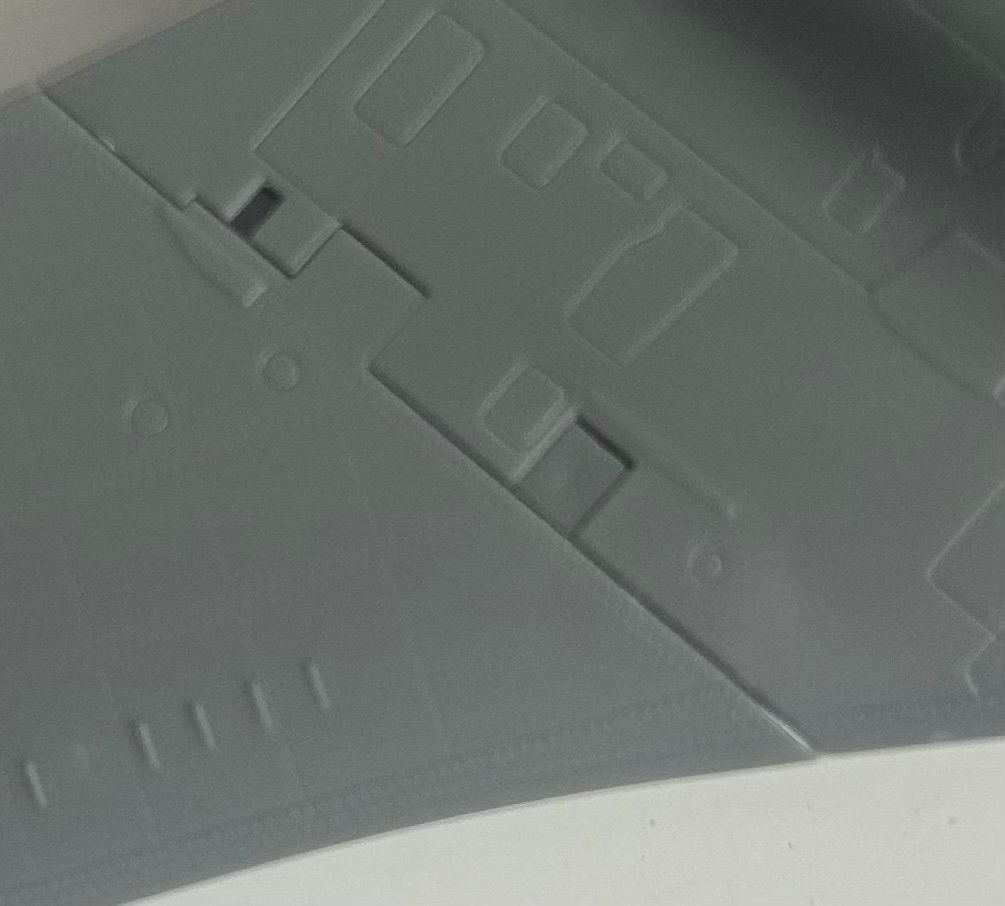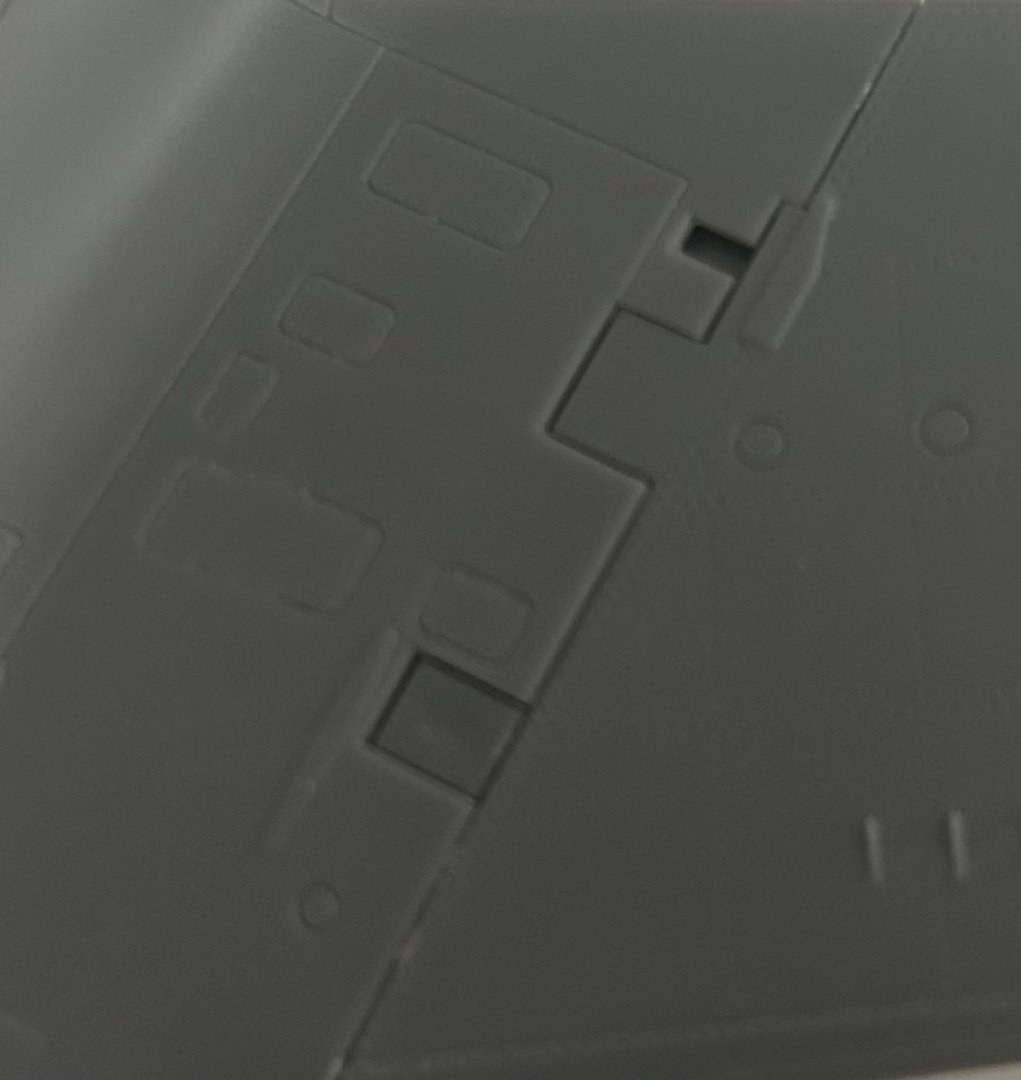-
Posts
7,743 -
Joined
-
Last visited
Content Type
Profiles
Forums
Gallery
Events
Everything posted by CDW
-
At the model show two weeks ago, they sold raffle tickets to raise money to help pay expenses. Tickets were a dollar each or thirty tickets for twenty dollars. I bought thirty tickets. There were multiple jars where the tickets could be placed with each jar representing a particular prize group. I put my tickets in a 1:32 aircraft jar, a 1:48 aircraft jar, a ship jar, and a paint & accessory jar. Multiple drawings were pulled each hour of the show and one grand prize drawing at the end. I hit one drawing in each of the four categories I entered. It was a lucky day I guess.
-
Here's what I have learned from my own puny research efforts: The first operational Buccaneer aircraft was the S.1 assigned to the RN The S.2 received upgraded, more fuel efficient Rolls Royce engines S,2A's had modified airframes and improved avionics, and transferred to the RAF S.2B's were modified S.2A's with a bulged bomb bay designed to carry an extra fuel tank as well as improved targeting systems carrying the Martel anti-shipping missiles and anti-radiation missile. Used by the RAF during the Gulf War. S.2D's (my model version) were RN S.2's upgraded to "full S.2B standards". Now, what I also know is that the S.2D does not have a bulged bomb bay. So this leads me to believe the "full S.2B standards" did not include the extra fuel tank or if it did, it was a smaller one as there are no bulged bomb bay doors. It does have the equal/same avionics and targeting systems of the S.2B
-
The weapons this aircraft version is modeled to carry are two TV Martel anti-shipping missiles and a single Martel AS.37 anti-radiation missile, The fourth pylon carries a Martel TV-guidance data link pod. So is this aircraft more like a Royal Navy version of a Wild Weasel? Seems like it to me. This is why I'm not sure if the bomb bay doors would remain operational. It's conceivable to me a fuel tank may possibly be added there as the slipper tanks don't appear on this version. Mind you, this is all wild speculation on my part.
-
Oh wow...I did not know the kit supplied the instructions and materials (and jig?) for creating the spokes. Very nice but tedious for sure. If you don't mind me saying so, I would consider using your molded seat to create a silicon replica mold and then cast the seat from resin. Cover the resin seat with leather. It will be difficult to cover that seat because its probably too flexible. Resin opens up the possibility to use a contact cement which will not harm the resin but adhere leather to it.
-
I am building the S.2D model as was stationed aboard Ark Royal. The kit provides the option for an open or closed bomb bay. There are lots of interesting details to see inside the bomb bay, but I am not sure whether an open bomb bay would be appropriate for the version I'm building. I don't intend to place bombs inside it but would like to leave it open so the details can be seen. What's your opinion/knowledge of it. Should I leave it opened or close it?
-
Not too many more small bits and pieces to add before it will be ready for some primer. Will spot check a few places with primer paint first before priming the whole model. The speed brake/clamshell assembly rests dry-fitted as I think it will be better to mask and paint it as a separate unit then add it permanently after all the paint work is done. The flaps sit at 40 degrees while the ailerons sit at 30 degrees as per plan. What do you know about the engine setup? There are no afterburner cans as are seen on many contemporary aircraft. No turkey feathers. Did I mention that this is a very large plane? Even in 1:48 scale it's large. 🙂
-
I would not use paint thinner to strip the paint off. You will likely end up with a destroyed part. The paint you've used likely has reacted in a bad way with the material the seat is made from, and that's why it's not drying. I would get ahold of this product from Walmart and use it to strip off the paint: Super Clean Tough Task Cleaner-Degreaser 1 Gallon - Walmart.com First, test a scrap piece of the material, perhaps using sprue the part was attached to, to make sure the Superclean doesn't harm the material. I don't believe it will. I have successfully used acrylic paint on pieces like you are trying to paint. I regularly use Superclean to strip paint from plastic models and it does not harm the plastic at all. Paint thinner will melt the plastic, and your parts are likely a type of vinyl, not actual rubber, but either way I believe Superclean is the way to go.
-
Take a look at this video at/around the 23:08 mark. Here you will see the wingfold pieces being glued into the inboard side of the wings. Those open slots I'm talking about are there for the wingfold mechanism. IMO this kit was designed for the wings to be posed in the folded position where an opening would be appropriate. Building the wings in an extended position is offered as an option but it's not as well refined. If you look at the opening page of this video, you can see the model with wings extended, and there is that hole just as clear as can be seen, but that doesn't seem right to me. Look just forward of the yellow stripe at the aileron/flap hinge.
-
@AJohnson these photos are for a heads up and as well to ask you for a favor. In the bottom of each photo the visible hinge attachment point has an ever so slight sink mark on both starboard and port wings. Wish I had seen these before I attached the wings as filling and sanding them now is more difficult with wings attached. Look carefully at yours to see if they need work. Secondly, at the top of each photo is an attachment point that appears to be missing (small ones). I’m thinking I may have inadvertently cut these off thing they were sprue gates. Would you kindly look at your wings and tell me if I did what I think I did? I can fix it with a little work but it’s not clear to me from the instructions I did what I think I did. As it is, it just doesn’t look right to me.
-

Handley Page Heyford by RGL - FINISHED - Matchbox - 1/72
CDW replied to RGL's topic in Non-ship/categorised builds
Yikes 🤓 -

Handley Page Heyford by RGL - FINISHED - Matchbox - 1/72
CDW replied to RGL's topic in Non-ship/categorised builds
Hey, the truth is, if we don't support the hobby there won't be any hobby. It's good because we make it good. -

Handley Page Heyford by RGL - FINISHED - Matchbox - 1/72
CDW replied to RGL's topic in Non-ship/categorised builds
True, they are pricey, but nowhere near the insane prices vendors were asking for on Ebay before these arrived. The current price is about the same as they were when WnW was still in business unless you hit one of their anniversary sales like I did one time. -

Handley Page Heyford by RGL - FINISHED - Matchbox - 1/72
CDW replied to RGL's topic in Non-ship/categorised builds
Don't wait too long, or else who knows when you'll find one. Recently, a batch of WnW kits hit the market here in the USA. They were hidden away in some warehouse on NZ, supposedly. Did they show up in Australia, too? There are the early Gotha models with a similar wing/fuselage configuration as the Handley, one on weel landing gear and one on floats. The later model Gotha's had a more convention wing/fuselage arrangement. -

Handley Page Heyford by RGL - FINISHED - Matchbox - 1/72
CDW replied to RGL's topic in Non-ship/categorised builds
This thing was so unusual, it was beautiful in its own way. You did a masterful job finishing it, Greg. Kudos!
About us
Modelshipworld - Advancing Ship Modeling through Research
SSL Secured
Your security is important for us so this Website is SSL-Secured
NRG Mailing Address
Nautical Research Guild
237 South Lincoln Street
Westmont IL, 60559-1917
Model Ship World ® and the MSW logo are Registered Trademarks, and belong to the Nautical Research Guild (United States Patent and Trademark Office: No. 6,929,264 & No. 6,929,274, registered Dec. 20, 2022)
Helpful Links
About the NRG
If you enjoy building ship models that are historically accurate as well as beautiful, then The Nautical Research Guild (NRG) is just right for you.
The Guild is a non-profit educational organization whose mission is to “Advance Ship Modeling Through Research”. We provide support to our members in their efforts to raise the quality of their model ships.
The Nautical Research Guild has published our world-renowned quarterly magazine, The Nautical Research Journal, since 1955. The pages of the Journal are full of articles by accomplished ship modelers who show you how they create those exquisite details on their models, and by maritime historians who show you the correct details to build. The Journal is available in both print and digital editions. Go to the NRG web site (www.thenrg.org) to download a complimentary digital copy of the Journal. The NRG also publishes plan sets, books and compilations of back issues of the Journal and the former Ships in Scale and Model Ship Builder magazines.

.jpg.7e80607770d9078b2f0b470e8c9c33ac.jpg)


